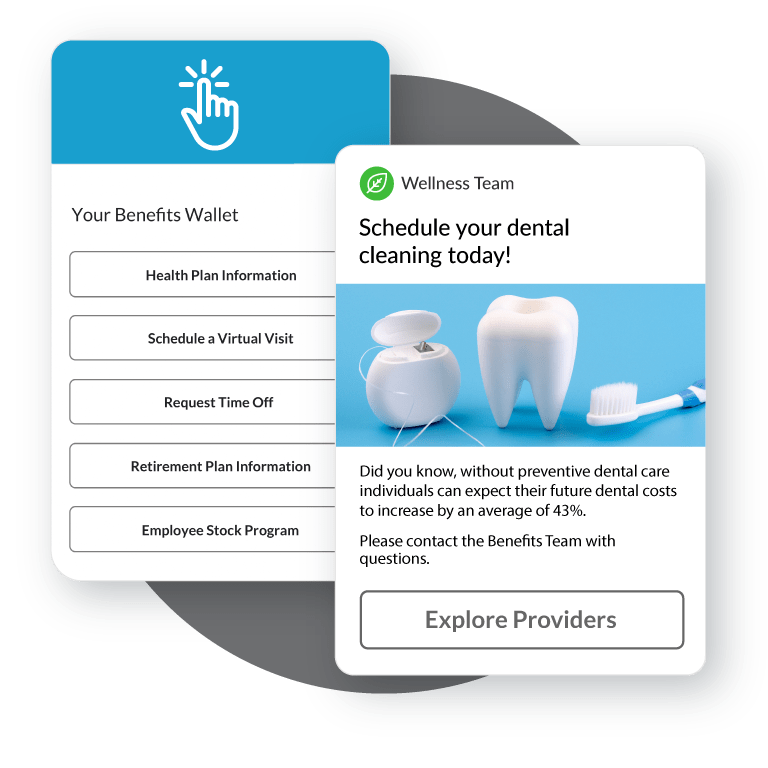2025 Advancements in Autonomous Vehicle Safety: Innovations, Implementation, and Access
Introduction: The Evolution of Autonomous Vehicle Safety
Autonomous vehicles (AVs) have seen dramatic safety improvements in 2025, with advancements in sensors, artificial intelligence, and regulatory frameworks. These innovations are not only making roads safer but are also reshaping how drivers and passengers interact with vehicles. This article explores the most recent breakthroughs in autonomous vehicle safety systems, real-world applications, and guidance on accessing these technologies and related programs.
Advanced Driver Assistance Systems (ADAS): The Foundation of Modern Vehicle Safety
Modern Advanced Driver Assistance Systems (ADAS) are the cornerstone of autonomous vehicle safety. These systems integrate a suite of technologies-sensors, cameras, radar, and artificial intelligence-to support the driver and, in higher-level AVs, take over critical safety functions. In 2025, ADAS features have become highly sophisticated, offering:

Source: portal.phenikaa-x.com
- Emergency Braking Systems : Capable of detecting threats up to 200 meters ahead, responding in less than 0.1 seconds, and adapting braking force based on speed and weather conditions. These systems can now distinguish between genuine hazards and false alarms, reducing unnecessary stops [1] .
- Lane Management : Dynamic lane centering, proactive lane departure prevention, and automatic lane changes-even in areas with faded or missing lane markings. Systems adapt to construction zones and road edges, providing intuition-like guidance [1] .
- Adaptive Cruise Control (ACC) : Maintains safe following distances, automatically slows and resumes in stop-and-go traffic, and integrates with blind spot and cross-traffic alerts. ACC has become essential for urban commuters and highway drivers alike [2] , [4] .
- Intersection Assist & Cross Traffic Alert : These newer features monitor vehicles approaching from different angles, helping prevent intersection collisions and incidents when reversing [2] .
To access these technologies, consumers should review the specifications of 2025 vehicle models, ensuring the desired safety features are included. Many manufacturers now offer these systems as standard equipment, especially in higher trim levels. If you are shopping for a new vehicle, ask your dealer for a demonstration and request documentation on ADAS capabilities and update schedules.
Sensor Fusion and AI Decision-Making: Enhancing Perception and Response
The integration of multiple sensor types-LiDAR, radar, cameras, and ultrasonic detectors-has created “sensor fusion” systems that offer a comprehensive, real-time view of the vehicle’s surroundings. AI algorithms analyze this data, predicting potential hazards and orchestrating swift, precise responses. Key benefits include:
- Reduced False Positives : AI-powered systems can filter out irrelevant objects (such as debris or shadows), responding only to genuine threats.
- Pedestrian and Cyclist Detection : Advanced pattern recognition enables vehicles to anticipate the actions of pedestrians and cyclists, improving safety for vulnerable road users [1] .
- Environmental Adaptation : AI can adjust system sensitivity and response based on weather conditions, road quality, and traffic density.
For fleet operators and technology adopters, implementation may require software subscriptions or over-the-air updates. Owners should consult manufacturer support portals or contact customer service departments to ensure their vehicles are equipped with the latest AI-driven safety enhancements.
Federal Regulatory Developments and Industry Standards
In 2025, federal agencies have accelerated the development of a unified regulatory framework for autonomous vehicles. The National Highway Traffic Safety Administration (NHTSA) and the U.S. Department of Transportation (USDOT) have prioritized:
- Safety of AV Operations : Emphasis on robust incident reporting, crash data analysis, and standardized safety testing for AVs operating on public roads [3] .
- Innovation Enablement : Streamlining regulations and expanding exemption programs to allow both imported and domestically produced AVs to operate under supervised conditions. This encourages rapid deployment and real-world testing of new safety features [5] .
- Accessibility and Inclusivity : Ongoing research into injury prevention for non-traditional seating positions (such as wheelchair users or automated shuttles), ensuring AVs serve diverse user needs [3] .
Consumers and businesses can stay informed about regulatory updates by regularly reviewing official communications from NHTSA and USDOT. For those seeking to deploy or test AVs, consult the agencies’ official websites and search for the latest bulletins and guidance documents on AV standards and exemptions.
Real-World Applications: Case Studies and Manufacturer Implementations
Leading automakers have integrated advanced safety systems into their 2025 model lineups. For example, Toyota’s Safety Sense (TSS) 2.0 and Lexus Safety System (LSS) offer comprehensive ADAS packages, including adaptive cruise control, lane departure warning, and automatic emergency braking. These systems are now standard or widely available on mainstream models [4] .
To evaluate these capabilities, prospective buyers should:

Source: portal.phenikaa-x.com
- Research manufacturer safety packages by visiting official brand websites and reviewing product documentation.
- Request in-person demonstrations or test drives focused on safety features.
- Ask about software update policies, as many safety features are improved through over-the-air updates.
- Consult consumer safety ratings and independent reviews from organizations such as the Insurance Institute for Highway Safety (IIHS).
For commercial and municipal fleet operators, pilot programs and partnerships with AV technology companies may be available. Contacting manufacturer fleet sales departments or relevant transportation agencies can provide guidance on participating in these initiatives.
Implementation Steps and Accessing Cutting-Edge Safety Technologies
If you are interested in adopting the latest AV safety technologies, follow these steps:
- Identify Priority Features : Determine which safety systems are most relevant to your driving environment and usage patterns (e.g., urban vs. highway, passenger vs. delivery).
- Review Available Models : Use dealership websites and automotive comparison tools to filter 2025 models by included ADAS features. Be aware that some features may only be available in certain trim levels or as optional packages.
- Request Demonstrations : Schedule a test drive that specifically covers safety system operation. Have the dealer demonstrate emergency braking, adaptive cruise control, and lane management in real-world scenarios.
- Consult Manufacturer Support : Contact the manufacturer’s customer service or visit their official support portal to inquire about software updates, recall information, and ongoing support for ADAS and AV features.
- Monitor Regulatory Guidance : Stay updated by regularly checking official NHTSA and USDOT announcements regarding AV safety standards and incident reporting requirements.
Alternative approaches include purchasing certified pre-owned vehicles equipped with recent ADAS technology or retrofitting select safety features through authorized service providers, where available. However, not all advanced features can be retrofitted; always verify compatibility with the vehicle’s make and model.
Challenges, Solutions, and Future Outlook
Despite rapid progress, AV safety systems face challenges. False positives, sensor limitations in poor weather, and the need for regular software updates can impact effectiveness. To address these issues:
- Regular Maintenance : Keep sensors and cameras clean and calibrated. Follow manufacturer schedules for software updates and diagnostics.
- Driver Education : Even with advanced automation, drivers must understand system limitations and maintain situational awareness. Participate in manufacturer-offered training or consult user manuals and online tutorials.
- Regulatory Compliance : For commercial operators, ensure all vehicles meet the latest federal and state requirements. Work with legal advisors or compliance specialists as regulations evolve.
The outlook for AV safety is promising, with ongoing research into sensor fusion, AI, and test protocols (including augmented reality simulation) paving the way for even safer roads. As these technologies mature, expect broader adoption, enhanced inclusivity, and continued reductions in traffic injuries and fatalities.
References
- [1] Motorwatt (2025). Autonomous Vehicle Safety Systems in 2025: Smarter, Safer, Ready.
- [2] Daytona Auto Mall (2025). Top Car Technologies to Look for in 2025.
- [3] Crowell (2025). Summer 2025 Autonomous Vehicle Developments.
- [4] Autopilot Review (2025). Cars with Autopilot in 2025.
- [5] U.S. Department of Transportation (2025). New Automated Vehicle Framework Announcement.



